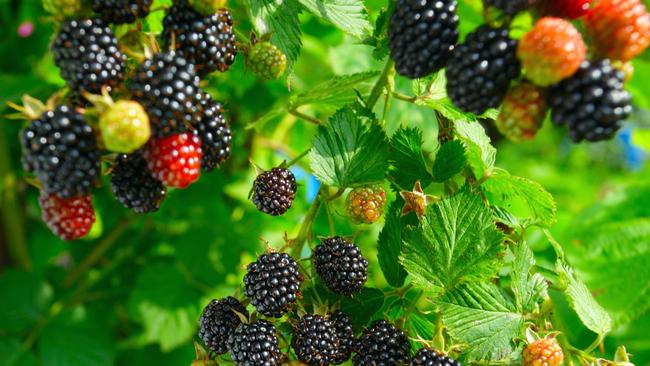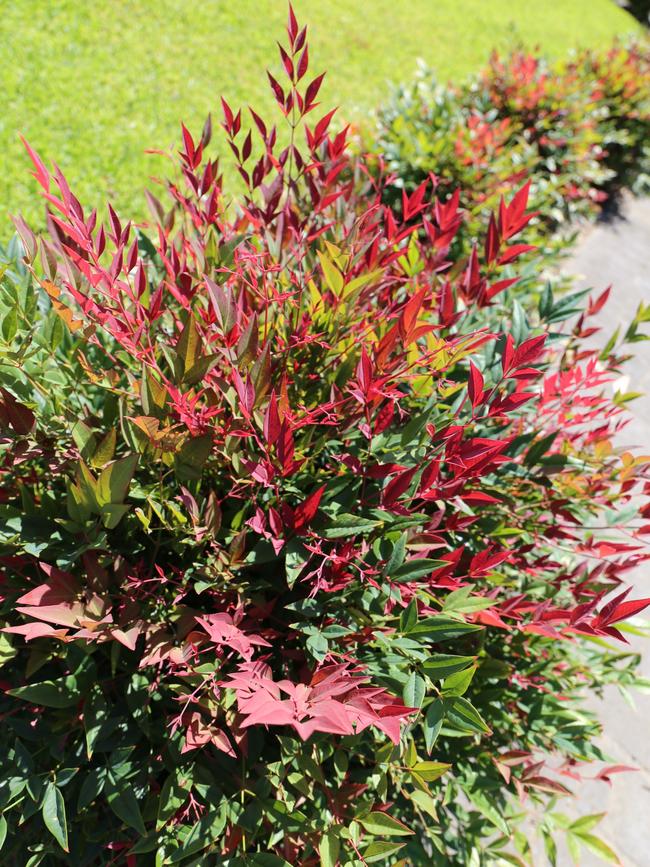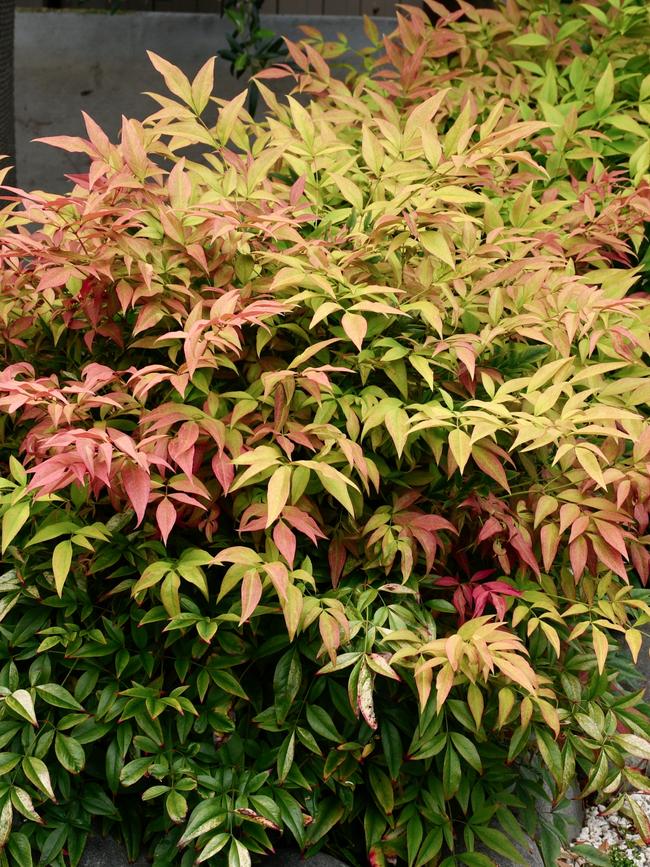Reporting sightings of invasive species can help save ecosystems
Our quarantine and biosecurity systems are designed to stop new incursions but inevitably some slip through. We can each play a part in stopping their spread.

We all know the devastating consequences of plants brought into Australia that have become invasive weeds. Paterson’s curse, prickly pear, blackberry and alligator weed are just a few. Add in invasive animals (cane toads, fire ants, rabbits and many more) and diseases (such as phytophthora root rot and myrtle rust) and the environmental and economic costs are enormous. Our quarantine and biosecurity systems are designed to stop new incursions but inevitably some slip through, making early detection the next line of defence. Citizen science plays an important role, through the Atlas of Living Australia’s Biosecurity Alerts Service, which allows anyone with a smartphone to report sightings of potential threats. When species of concern are detected, biosecurity authorities are alerted to act. The service has helped detect multiple incursions, including one of the first sightings of a highly invasive clam in Queensland and two species of prohibited cactus. It’s also helping to track the spread of species such as cane toads, fire ants and myrtle rust. To join the citizen scientists who submit thousands of sightings every week, go to ala.org.au/biosecurity/
Bold and beautiful
Nandinas are some of the toughest plants around, taking frost, heat, dry and poor soils.


Dwarf varieties are compact, low maintenance, evergreen plants for gardens or containers with textural foliage that changes colour in different seasons.


Q&A
My foxtail palms have grown so well they’re now too tall and I plan to lop them at 3m, knowing they can’t grow again, so I can attach staghorns and bromeliads to the trunks. Will the trunks rot away? Would a metal cap over the cut help, or make it worse?
Pamela Pappin, Queensland
It’s a nice idea to make a tower of bromeliads and other epiphytes; many orchids and ferns will do well too. The trunks will rot over time, especially as palm trunks are soft and fibrous, with a spongy structure that soaks up water. A metal or plastic cap to keep out rain would help slow the rot; you could also place a round of sealed hardwood over the top that might improve the appearance.
My camellia and pittosporums were severely damaged in this summer’s heat and dry. What evergreen tree or shrub could help disguise our small garden shed?
Noeline Smith, Adelaide
Olive trees thrive in hot, dry conditions. Newer varieties ‘Swan Hill’ and ‘Tolley’s Upright’ are no-to-low fruiting, thus avoiding issues with weediness or mess. Other options include oleanders, silverberry (Elaeagnus x ebbingei), Albany woolly bush (Adenanthos), willow myrtle (Agonis flexuosa) and many wattles.
During a very dry summer, a highlight has been our Japanese honeysuckle, with lovely fragrant flowers. How can I propagate it to share with the neighbours?
Donald Johns, Adelaide
Lonicera japonica is a serious weed across eastern Australia and is regarded as an environmental weed in South and Western Australia and Tasmania. It spreads by seed, which germinates readily, but also grows from stem fragments that contact the ground. You could strike semi-hardwood cuttings in summer or autumn or seek an alternative variety. The hybrid American honeysuckle (Lonicera x americana) and the pretty hybrids ‘Firecracker’ and ‘Gold Flame’ (L. x heckrottii) are likely to be sterile.

Send your questions to helenyoungtwig@gmail.com The best question for April will win The Tree Atlas (Lonely Planet, $70) and a Bamboo Pod Birdhouse from Annabel Trends ($29.95)



To join the conversation, please log in. Don't have an account? Register
Join the conversation, you are commenting as Logout